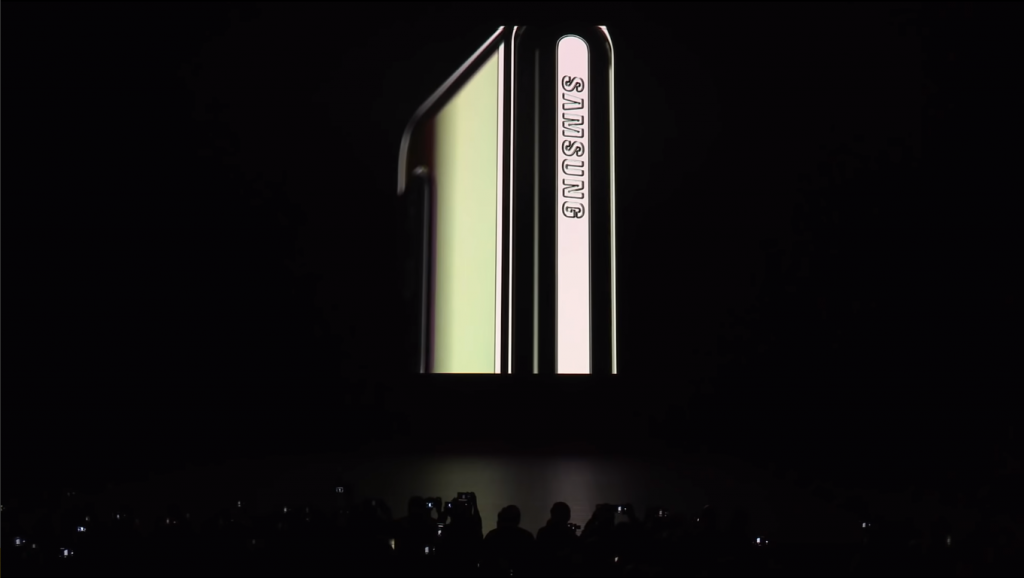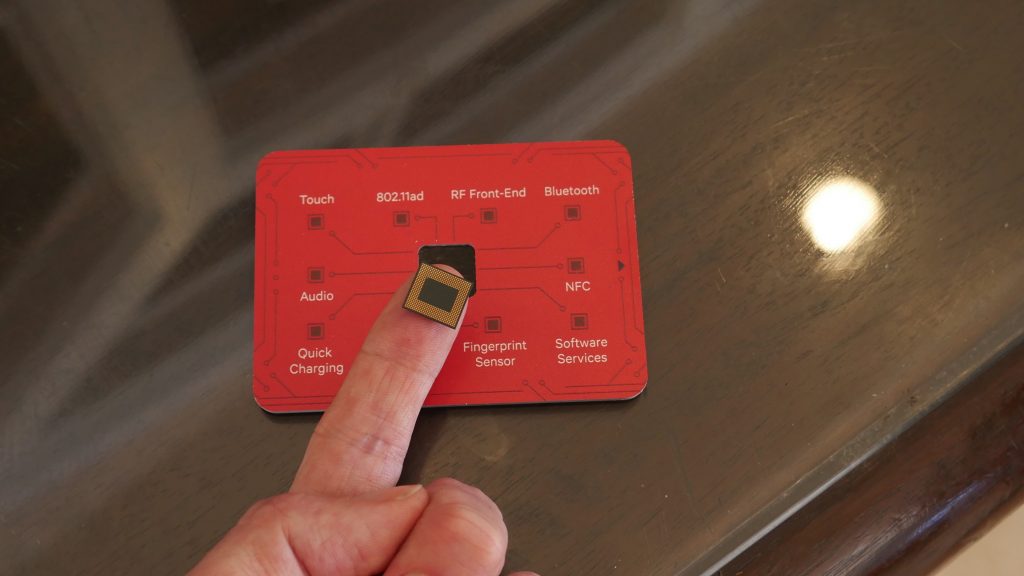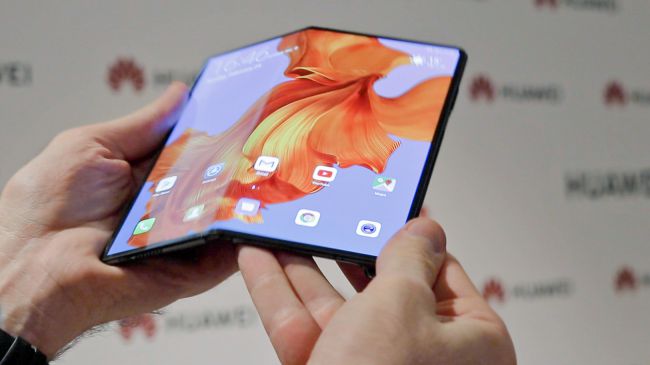Why Premium Smartphones are too Expensive Now

An informal survey conducted by the ECT News Network (E-Commerce Times, TechNewsWorld, and Linux Insider) showed that only 2 per cent of those who took it are willing to spend money for the latest flagship phones. The 98 per cent of the correspondents are divided in their opinions: 33 per cent of the people agreed that they’re better buying a phone that isn’t a flagship or a former flagship phone. Twenty-three per cent are even unwilling to pay more than $100 for a phone while 19 per cent are willing to pay up to $750, and 14 per cent are willing to pay only up to $1,000. The last 9 per cent responded that they neither have or want a smartphone.
And they’re not the only ones who echo these sentiments. Many seem to agree that smartphone manufacturers have become increasingly ridiculous when it comes to the prices of their premium phones. The US gov’t also complained how smartphones these days are too expensive and both the US FTC and Apple put the blame on Qualcomm because Qualcomm was asking for royalty fees for every patent manufacturers use that Qualcomm owns. This is before Apple lost its case against Qualcomm, where Apple was revealed to have been conspiring to “hurt Qualcomm financially.”
Why So Expensive?

This arms race between the smartphone manufacturers has been intensifying over the years as mobile devices become more and more sophisticated. ColdFusion published a video in 2017 detailing the possible reasons that smartphones are becoming more expensive. In the video, they talked about how the rising bill of materials for each generation, the capabilities of the phones from each generation, and the supply and demand may have contributed to the rise of smartphone price over the years.
The first argument, the Bill of Materials, refers to the total cost of parts used to create one phone. It takes into account how, over the past years, the costs needed to create a phone has risen, and that the same rising trend in costs has a similar shape to the rising trend of smartphone prices. The second argument argues that smartphones are increasingly becoming more capable because consumers kept demanding that manufacturers release a new phone with a new feature. This means that every year, smartphone companies have to pay their research and development departments to keep them working on creating new features for their new flagships. Finally, the supply and demand argument argues that since the public is willing to pay for those smartphones, they can ask for those prices.
Estimate
So then why are people complaining if they’re the ones demanding new features and are willing to pay anyway? If you remember the ECTN survey, a total of 16 per cent of the people responding to the survey said they were willing to pay $1,000 and up. Can smartphone manufacturers really live with only 16 per cent willing to pay $1,000 while the rest pays around $500 to $750?
According to the Pew Research Center, only 77 per cent of the adults in the US own a smartphone. In 2018 there were 328,835,763 adults in the US. Seventy-five of that are adults ageing from 20 and up. That’s 246,626,822 people. If only 77 per cent of them own a smartphone, that’s 189,902,653 Americans. Sixteen per cent of that is 30,385,424. If each of those 30.38 million people bought a $1000 flagship phone, that’s $30.38 billion sales divided between Samsung and Apple. And that’s only from sales of high-end smartphones.
Are The Prices Justified?

According to the ColdFusion video, if you gather the costs on how to make each smartphone, the cost that pours into R&D, and the cost of marketing their phones, you can see how it all adds up. So are the prices justified? The evidence points to yes and as high-end smartphones get more features they might someday cross the $2,000 mark. When that time comes, will the number of people willing to just shell out $2,000 for a brand new flagship smartphone change? Probably, but more time is needed. We’ll just have to wait and see.